kundalini
Been spending a lot of time on here!
- Joined
- Jul 18, 2007
- Messages
- 13,607
- Reaction score
- 1,937
- Location
- State of Confusion
- Can others edit my Photos
- Photos NOT OK to edit
Just as a disclaimer, this is my first go with lightning storms. It wasn't as cracking a storm as I've seen in other peoples photos, but was excited anyway. I had read some threads on it before, but it all went out the window when I saw the storm coming in.
I think I can answer a couple of the reasons I am not as happy as I wanted to be with these shots. First, I should've stopped down to f/8 minimum. Second, I had the exposure compensation set at +1.0EV on all shots.
All shots taken with Nikon D300 with Nikkor 12-24mm f/4 lens. Gear mounted to Manfrotto 055XPROB legs and Manfrotto 322RC2 Ball Head. Triggered by corded Phottix N8 remote.
Focal length set at 12mm.
Focus distance just shy of infinity.
Long Exposure Off
Active D-Kighting Normal
1. Aperture = f/5.6 Shutter Speed = 14.9 seconds ISO400
The noise. Why? ISO400? 14.9 seconds?
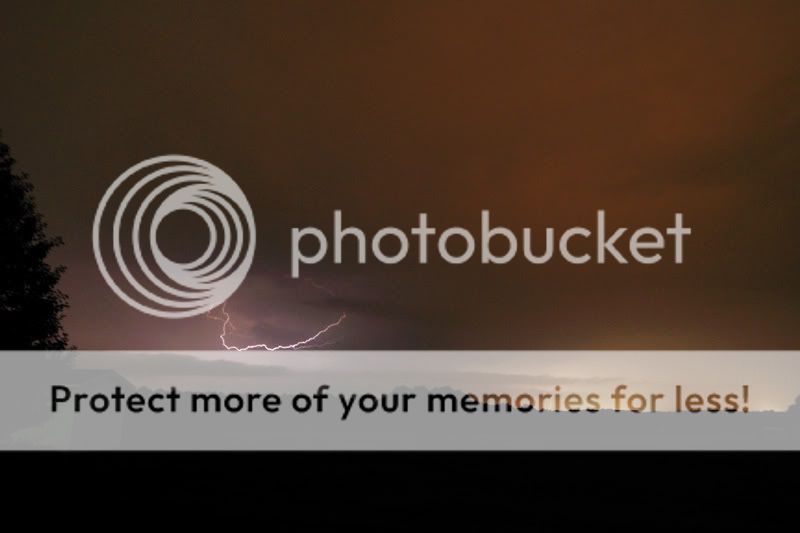
2. Aperture = f/8 Shutter Speed = 11.0 seconds ISO200
Notice the Magenta and Green banding. This was prevalent in most of the images. Why?
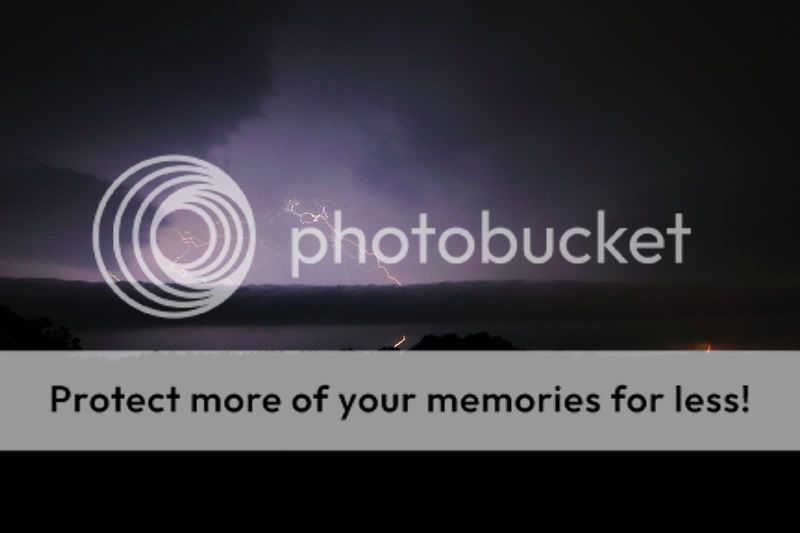
3. Aperture = f/4 Shutter Speed = 5.1 seconds ISO200
Notice the blowout of the lightning bolt. I can summize that at f/4 it was just too much light. Is that correct?
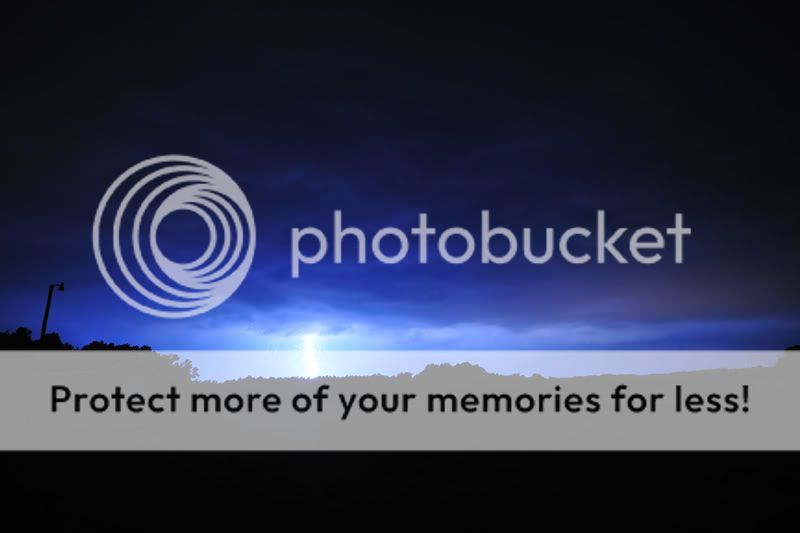
4. 100% crop of the above #3.
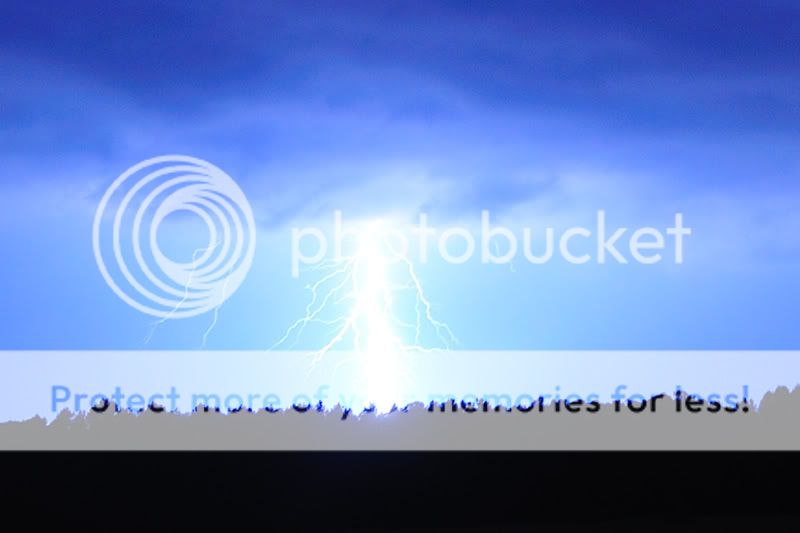
The Nikkor 12-24mm lens hasn't let me down before. I'm really concerned with the noise and the color banding.
If anyone has a possible reason for these misfortunes, I would really like to know.
I only wish the next time to be better. Thanks for your help.
I think I can answer a couple of the reasons I am not as happy as I wanted to be with these shots. First, I should've stopped down to f/8 minimum. Second, I had the exposure compensation set at +1.0EV on all shots.
All shots taken with Nikon D300 with Nikkor 12-24mm f/4 lens. Gear mounted to Manfrotto 055XPROB legs and Manfrotto 322RC2 Ball Head. Triggered by corded Phottix N8 remote.
Focal length set at 12mm.
Focus distance just shy of infinity.
Long Exposure Off
Active D-Kighting Normal
1. Aperture = f/5.6 Shutter Speed = 14.9 seconds ISO400
The noise. Why? ISO400? 14.9 seconds?

2. Aperture = f/8 Shutter Speed = 11.0 seconds ISO200
Notice the Magenta and Green banding. This was prevalent in most of the images. Why?

3. Aperture = f/4 Shutter Speed = 5.1 seconds ISO200
Notice the blowout of the lightning bolt. I can summize that at f/4 it was just too much light. Is that correct?

4. 100% crop of the above #3.

The Nikkor 12-24mm lens hasn't let me down before. I'm really concerned with the noise and the color banding.
If anyone has a possible reason for these misfortunes, I would really like to know.
I only wish the next time to be better. Thanks for your help.

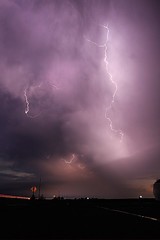




![[No title]](/data/xfmg/thumbnail/36/36133-8b29212f67c25fcf353a0c2f376b1501.jpg?1734168234)










